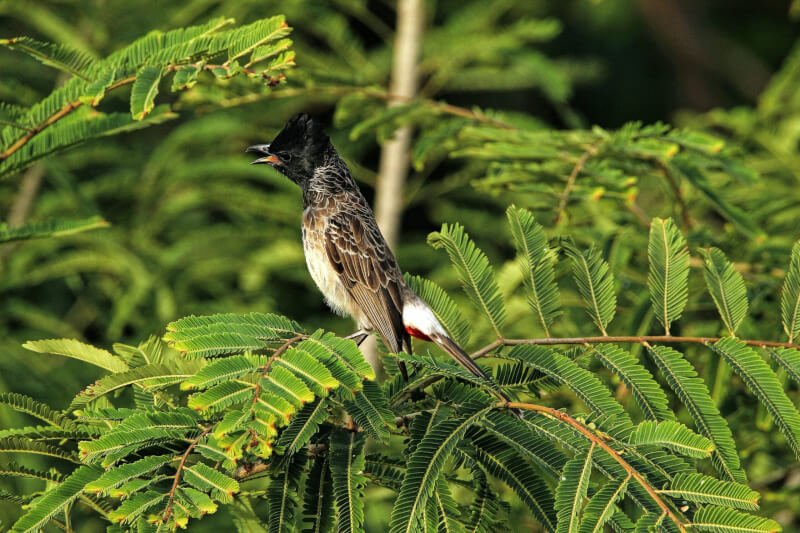Imagine creating the perfect home for your reptilian friend – a spacious, comfortable enclosure where they can thrive. But wait, have you considered the importance of proper ventilation? In this article, we will explore the often overlooked world of reptile enclosure vents. From the benefits they provide to the various types available, we’ll guide you on how to ensure optimal airflow for your scaly companion. So, let’s embark on a journey that will not only enhance your pet’s well-being but also your understanding of this essential aspect of reptile care.
Importance of Reptile Enclosure Vents
Facilitating Airflow and Ventilation
When it comes to providing a comfortable and healthy environment for your reptile, proper airflow and ventilation are crucial. Reptile enclosure vents play a key role in maintaining a well-ventilated habitat, allowing fresh air to circulate and stale air to exit. Without adequate ventilation, the enclosure can become stuffy and promote the growth of harmful bacteria and mold.
Regulating Temperature and Humidity
Proper temperature and humidity levels are vital for the well-being of reptiles. Reptile enclosure vents help regulate these factors by allowing the exchange of air from the enclosure with the surrounding environment. This allows for better control of temperature and humidity, ensuring that your reptile’s habitat remains within the optimal range for their specific species.
Promoting Natural Behavior and Health
Just like any other living creature, reptiles require a stimulating environment that mimics their natural habitat. Adequate ventilation provided by reptile enclosure vents allows for the circulation of fresh air, which is essential for your reptile’s respiratory system. It also helps create air movement and gentle breezes, replicating the natural conditions that reptiles need for their physical and mental well-being.
Preventing Odor and Respiratory Issues
Without proper ventilation, reptile enclosures can quickly become a breeding ground for foul odors. The accumulation of waste, moisture, and stagnant air can result in unpleasant smells that permeate the environment. Reptile enclosure vents help prevent this by allowing the escape of odorous gases and promoting air exchange. Additionally, proper ventilation helps reduce the risk of respiratory issues that can arise from poor air quality.
Types of Reptile Enclosure Vents
Screen Vents
Screen vents consist of a fine mesh material that allows for maximum airflow while preventing the escape of small reptiles. They are commonly used in enclosures for smaller reptiles, such as geckos and small snakes. Screen vents are lightweight, easy to clean, and provide a visually pleasing aesthetic.
Mesh Vents
Mesh vents are similar to screen vents but typically have larger openings. They provide good ventilation while still offering protection against escapes. Mesh vents are often used in enclosures for larger reptiles, such as bearded dragons and iguanas.
Glass Vents
Glass vents are small glass panels that can be installed in the sides or top of the enclosure. They provide a clear view of the reptile while allowing for moderate airflow. Glass vents are commonly used in reptile enclosures where aesthetics and visibility are important, such as in display terrariums.
Sliding Vents
Sliding vents are adjustable panels that can be easily opened or closed to control airflow. They are typically made of a combination of glass and mesh or screen material. Sliding vents offer flexibility in regulating ventilation and are commonly used in larger enclosures or custom-built habitats.
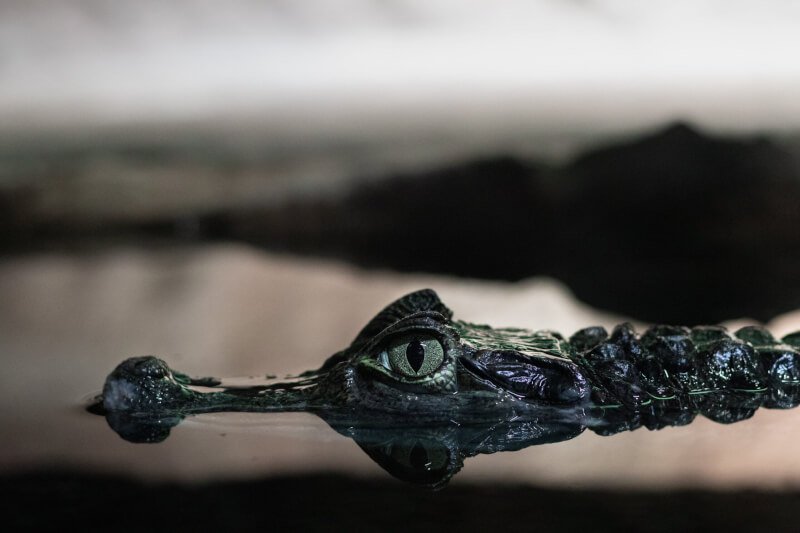
Considerations when Choosing Reptile Enclosure Vents
Species-Specific Needs
Different reptile species have varying requirements when it comes to ventilation. Some reptiles require high humidity environments, while others prefer a drier habitat. Research and understand the specific needs of your reptile species before choosing the type of vent for their enclosure.
Enclosure Size and Material
The size and material of the enclosure are important factors to consider when selecting reptile enclosure vents. Larger enclosures may require multiple vents to ensure proper airflow throughout. The type of material used for the enclosure, such as glass or plastic, may also affect the choice of vent to ensure a secure and proper fit.
Security and Escape Prevention
While ventilation is crucial, it is equally important to ensure that the chosen vents provide adequate security to prevent escapes. Make sure the vents are securely fastened and have smaller openings to avoid reptiles from slipping through. Additionally, consider installing vent covers or guards for added protection.
Ease of Cleaning and Maintenance
Regular cleaning and maintenance are essential for a healthy reptile enclosure. Choose vents that are easy to remove and clean, allowing you to maintain a hygienic environment for your reptile. Consider vents that are resistant to corrosion or mold growth, making them more durable and easier to maintain.
Aesthetic Integration
Reptile enclosures are often showcased in homes or public spaces, making aesthetics an important consideration. Choose vents that seamlessly integrate with the overall design of the enclosure, enhancing its visual appeal. This will ensure that the vents not only serve their functional purpose but also contribute to the overall aesthetic of the reptile habitat.
Installing Reptile Enclosure Vents
Proper Placement and Number of Vents
When installing reptile enclosure vents, it is important to consider the optimal placement and number required for proper airflow. Place vents strategically to ensure air circulates evenly throughout the enclosure, reaching all areas. The number of vents needed depends on the size of the enclosure and the ventilation requirements of the specific reptile species.
Size and Configuration of Vents
The size and configuration of the vents should be chosen carefully based on the needs of the reptile species and the enclosure setup. Small reptiles may require smaller vents, while larger reptiles may need larger vents to facilitate proper ventilation. Ensure that the vents are not too large to prevent potential escapes or injuries to the reptile.
Sealing and Gasket Options
To ensure optimal function, it is important to properly seal the vents to prevent air leakage. Use gaskets or sealant materials to create a tight seal between the vent and the enclosure. This will help maintain controlled airflow and prevent unwanted drafts or temperature fluctuations in the reptile habitat.
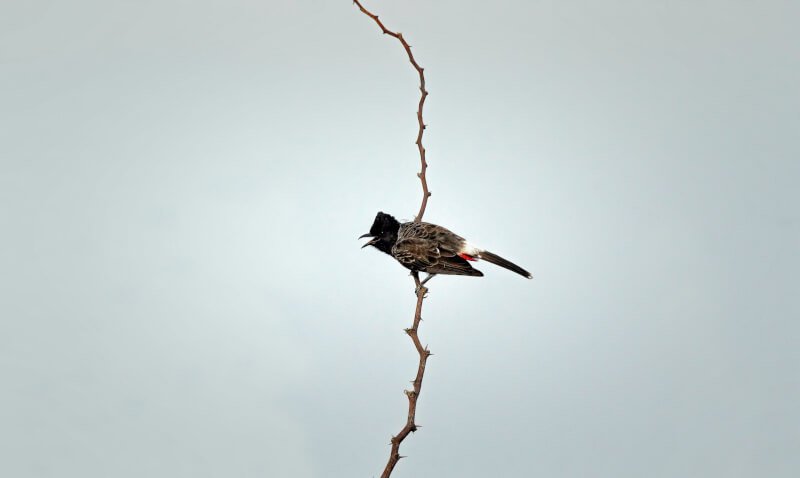
Maintaining Reptile Enclosure Vents
Regular Cleaning and Dusting
Regular cleaning and dusting of reptile enclosure vents are essential to maintain proper airflow and prevent the buildup of debris. Remove any dust or debris that may accumulate on the vents using a soft brush or cloth. This will prevent blockages and promote uninterrupted airflow within the enclosure.
Checking for Damage and Wear
Periodically inspect the vents for any signs of damage or wear. Check for any cracks, loose fastenings, or tears in mesh or screen vents. Damaged vents should be repaired or replaced promptly to ensure the safety and well-being of your reptile. Regular maintenance will help prolong the lifespan of the vents and maintain their effectiveness.
Replacing or Repairing Vents
If you notice any significant damage or wear on the vents, it may be necessary to replace or repair them. Consult with reptile enclosure manufacturers or professionals to find suitable replacement vents or learn how to properly repair any damages. Timely replacement or repair will ensure that your reptile enclosure maintains adequate ventilation and remains a safe and healthy habitat for your reptile.
DIY Reptile Enclosure Vents
Materials and Tools Needed
If you are a handy reptile enthusiast, you may consider installing reptile enclosure vents yourself. To do so, you will need materials such as vents (screen, mesh, glass, or sliding), appropriate fasteners, sealants or gaskets, and the necessary tools, including a drill, screwdriver, and measuring tape.
Step-by-Step Installation Guide
- Measure and mark the desired location for the vents on the enclosure. Consider the size and number of vents required for proper airflow.
- If using screen or mesh vents, cut openings in the enclosure using a suitable cutting tool. Ensure that the openings are slightly smaller than the vent size to allow for a secure fit.
- Install the vents according to the manufacturer’s instructions. This may involve using screws or other fasteners to secure the vents in place.
- If necessary, apply sealant or gaskets around the edges of the vents to create a tight seal between the vent and the enclosure.
- Test the airflow and ensure that the vents are functioning properly before introducing your reptile to the enclosure.
Safety Precautions
When installing reptile enclosure vents yourself, it is important to prioritize safety. Wear appropriate protective gear, such as gloves and safety glasses, to prevent any injuries. Take your time and carefully follow the instructions provided by the vent manufacturer to ensure a secure and functional installation. If you are unsure or uncomfortable with the installation process, it is recommended to seek assistance from a professional.
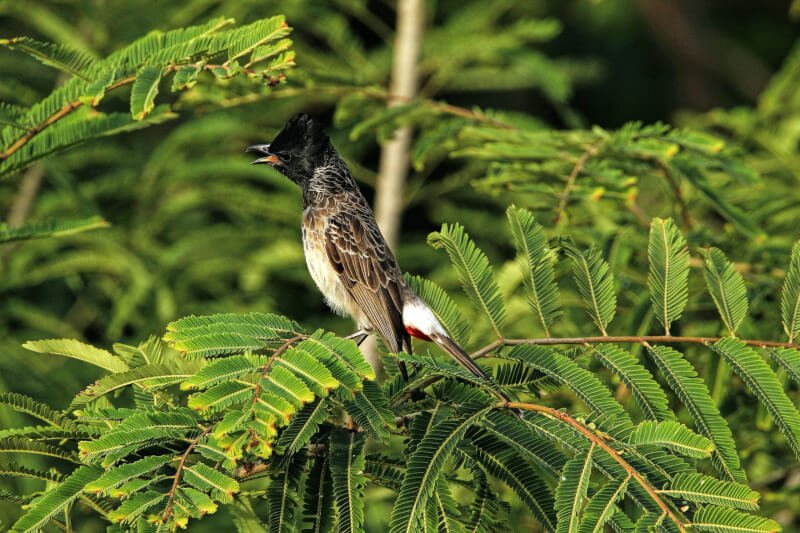
Common Mistakes to Avoid with Reptile Enclosure Vents
Insufficient Ventilation
One of the most common mistakes is providing inadequate ventilation for reptile enclosures. Insufficient vents or improper placement can lead to poor air quality, high humidity, and potential health issues for your reptile. Be sure to research the specific ventilation requirements for your reptile species and provide ample ventilation accordingly.
Inadequate Security Measures
While ventilation is important, it should never compromise the security of the enclosure. Avoid using vents with openings that are too large or easily penetrable by your reptile. Ensure that the vents are securely fastened to prevent any escapes or injuries. Additionally, consider adding vent covers or guards to provide an extra layer of protection.
Incorrect Vent Size or Placement
Choosing the wrong size or improperly placing vents can have a negative impact on the overall functioning of the enclosure. Vents that are too small can result in poor airflow, while vents that are too large may pose an escape risk. Carefully consider the size and placement of the vents to ensure optimal ventilation without compromising the safety and security of your reptile.
Reptile Enclosure Vent Accessories
Vent Covers and Guards
Vent covers and guards are additional accessories that can be used to enhance the functionality and safety of reptile enclosure vents. Vent covers are often made of durable materials and can be easily attached to the vents to provide added security and protection against escapes. Vent guards are designed to prevent reptiles from coming into direct contact with the vents and potentially damaging them.
Vent Diverters
Vent diverters are devices that can be used to redirect airflow within the enclosure. They are particularly useful in larger enclosures where air circulation may be uneven. Vent diverters ensure that airflow reaches all areas of the enclosure, preventing stagnant air pockets and promoting a more balanced environment for your reptile.
Ventilation Fans
In certain situations, such as enclosures with high humidity or temperature control challenges, ventilation fans can be installed to further enhance airflow. These fans promote increased air movement, aiding in the regulation of temperature and assisting with humidity control. Ventilation fans can be a valuable addition to reptile enclosures, especially in setups that require precise environmental conditions.
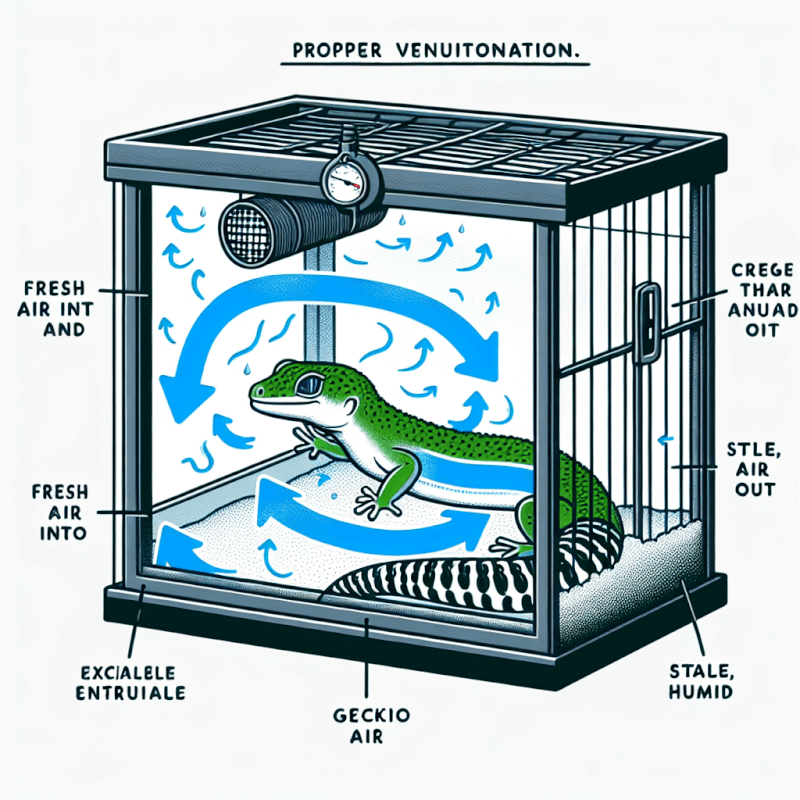
Professional Tips for Reptile Enclosure Ventilation
Consultation with Herpetologists or Veterinarians
When in doubt or if you have specific concerns regarding reptile enclosure ventilation, it is advisable to seek guidance from professionals. Herpetologists or reptile veterinarians can provide expert advice tailored to your reptile’s specific needs. They can help you determine the ideal ventilation requirements and ensure that your reptile’s enclosure provides the best possible environment.
Monitoring Temperature and Humidity
Regularly monitor and maintain temperature and humidity levels within your reptile’s enclosure. Use appropriate tools such as thermometers and hygrometers to accurately measure these factors. Adjust ventilation accordingly to ensure that the enclosure maintains the optimal conditions for your reptile’s health and well-being.
Observing Reptile Behavior and Health
Keep a close eye on your reptile’s behavior and overall health to gauge the effectiveness of your enclosure ventilation. If you notice signs of respiratory distress, excessive shedding, or unusual behaviors, it could indicate a problem with ventilation. Make necessary adjustments to the enclosure and consult with a reptile expert if needed.
Conclusion
Reptile enclosure vents are vital components in providing a healthy and comfortable habitat for your reptile. They facilitate proper airflow and ventilation, regulate temperature and humidity, promote natural behavior, and prevent odor and respiratory issues. By considering the specific needs of your reptile species, choosing the appropriate vent type, and ensuring proper installation, you can create an environment that supports your reptile’s well-being. Regular maintenance, observing safety precautions, and seeking professional advice when needed will help you provide the ideal ventilation for your reptile enclosure, ensuring a happy and thriving reptile companion.

